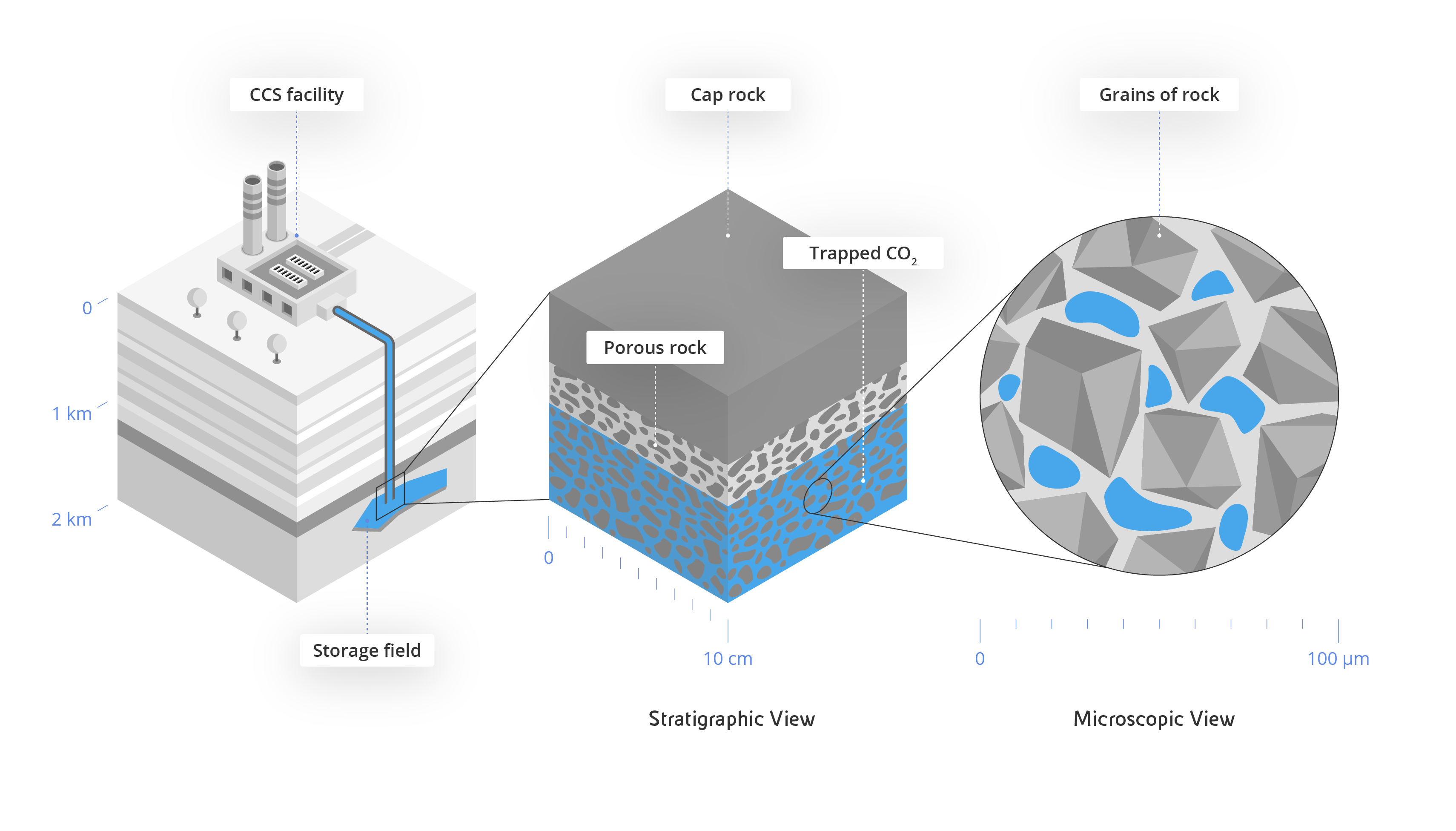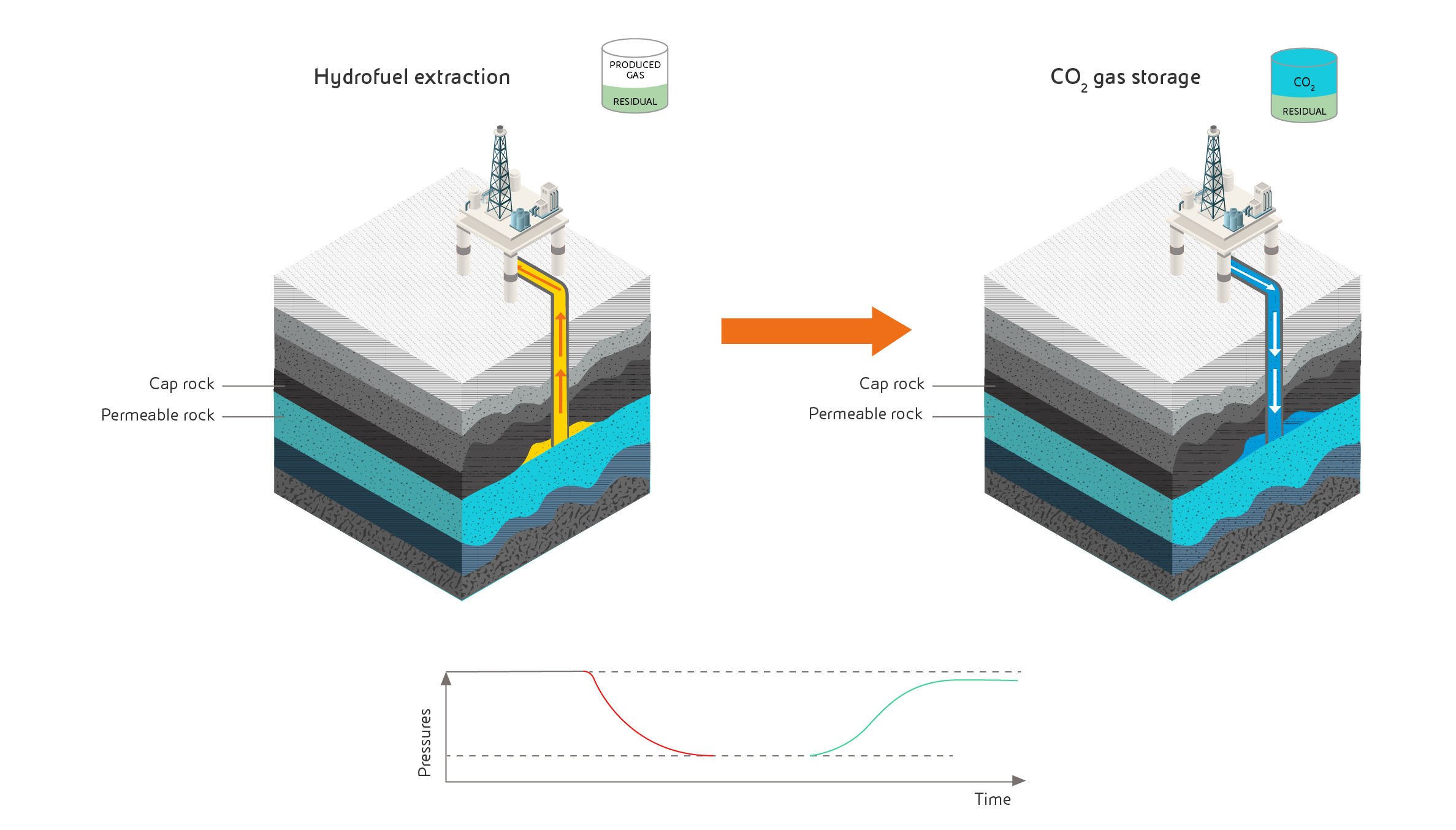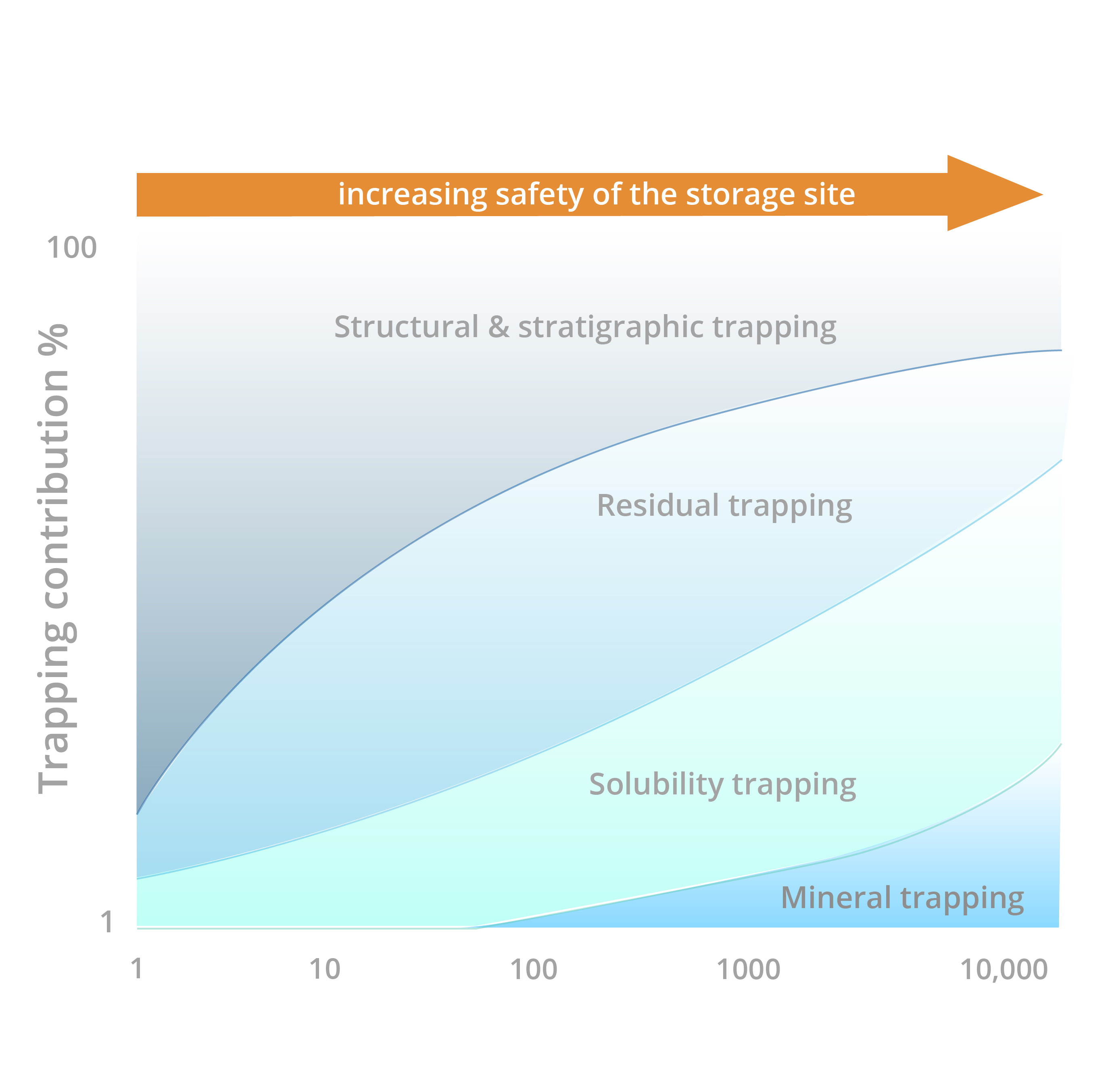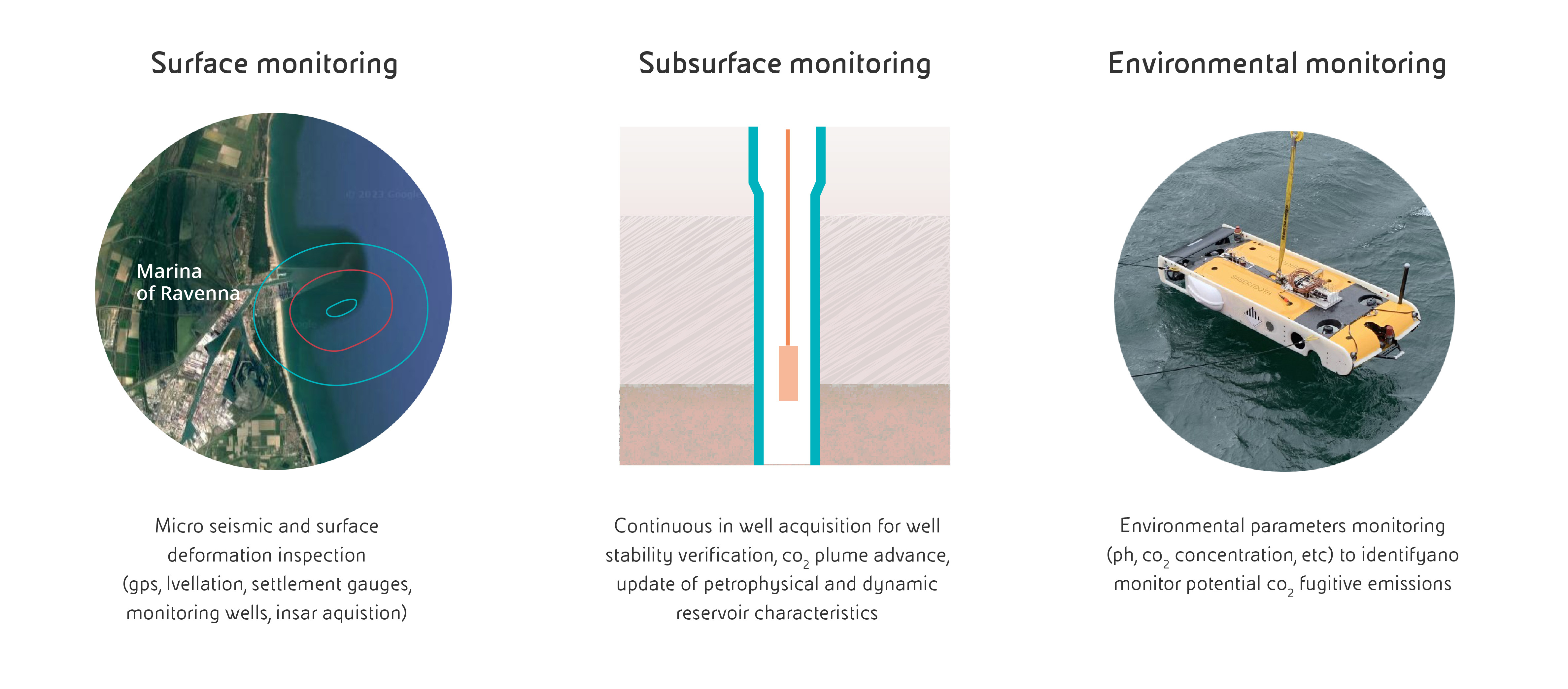Carbon dioxide can be captured directly from industrial chimneys and either reused in subsequent production processes or permanently stored deep underground to prevent its release into the atmosphere. This suite of techniques is known as Carbon Capture Utilization and Storage (CCUS), an acronym which includes both Carbon Capture and Utilization (CCU) and Carbon Capture and Storage (CCS). In addition to supporting decarbonization, both these strategies offer the advantage of turning the climate change challenge into an economic asset, potentially opening up new avenues for growth and job creation. They are particularly useful for the “hard-to-abate” sectors, i.e. energy-intensive industries where, due to their high energy demand and specific operating characteristics, there are currently no viable technological alternatives that can reduce emissions in an efficient and cost-effective way. Examples of hard-to-abate sectors include steel, cement, paper and chemicals.
Our Channels
enioilproducts
Your business, our energy
Produtcs and solutions for business and customers Italy and abroad

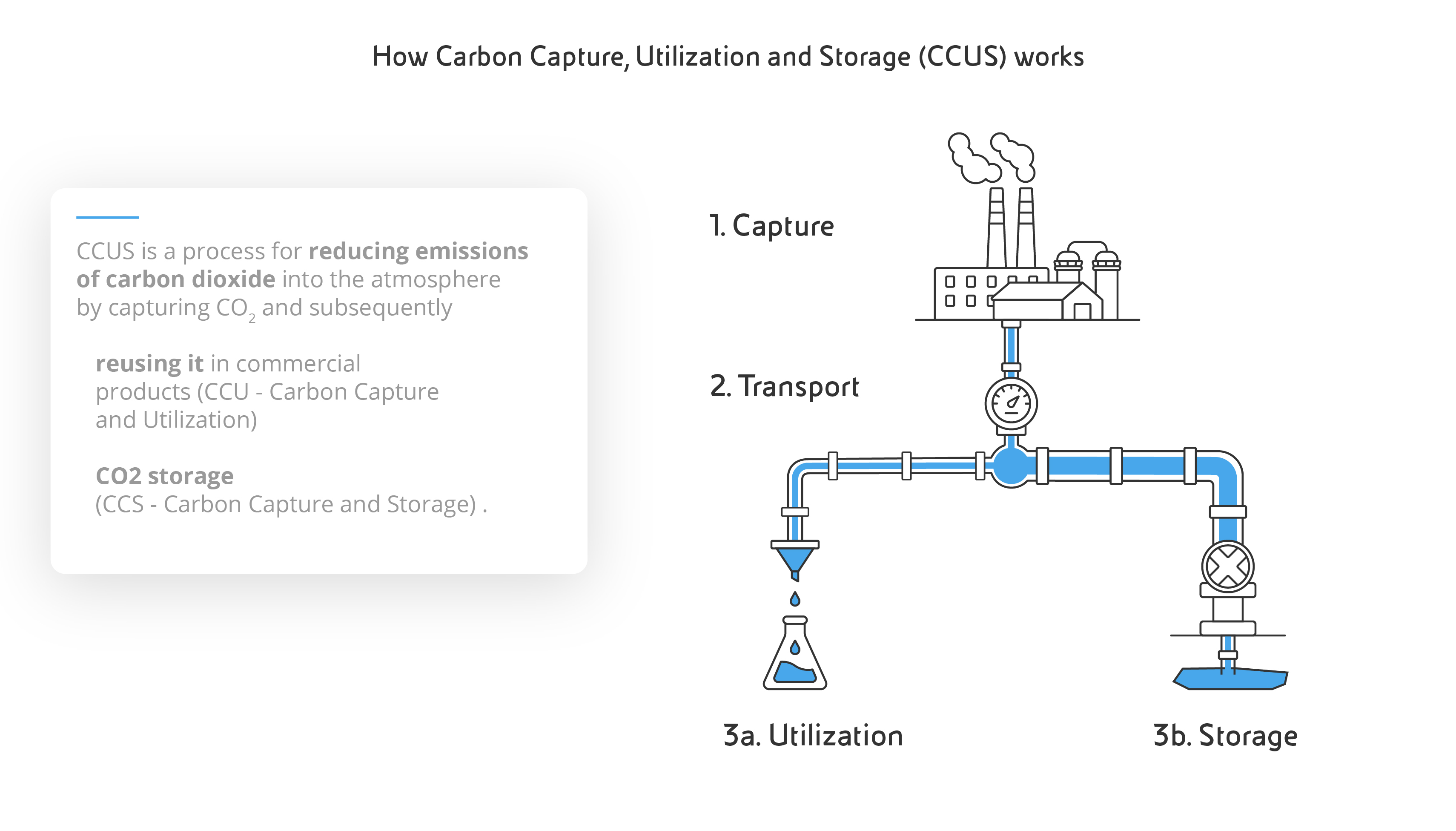
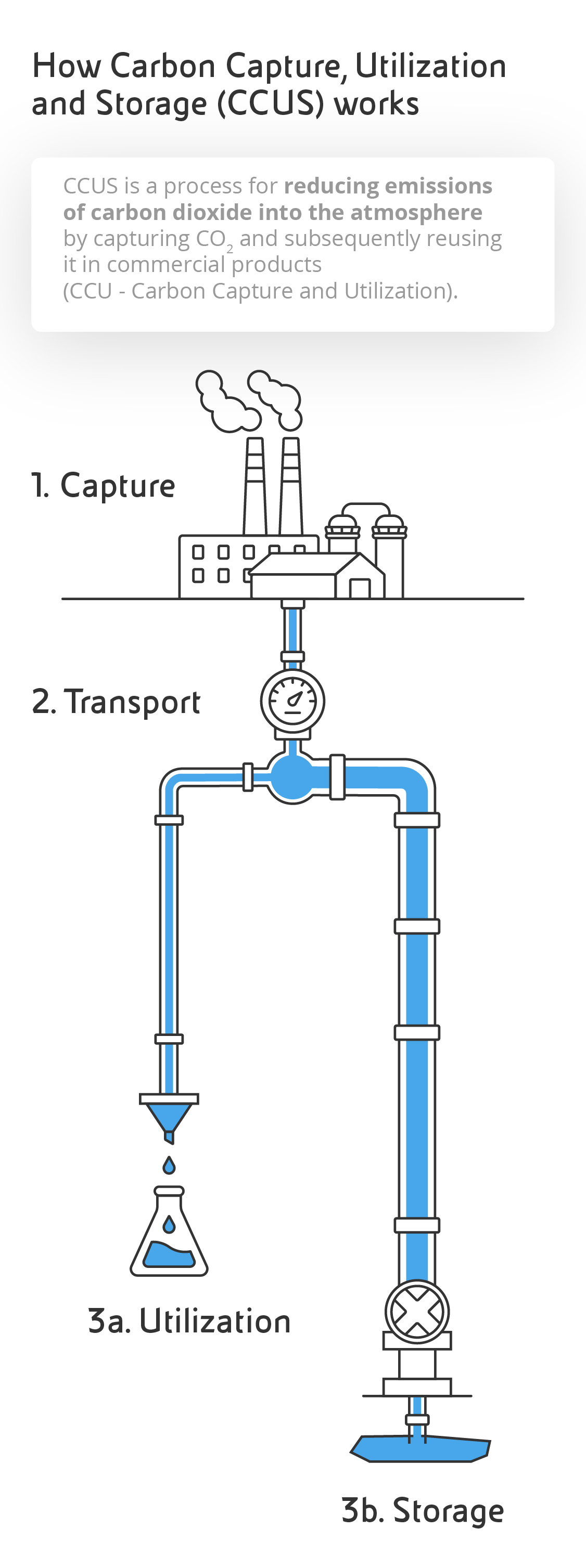
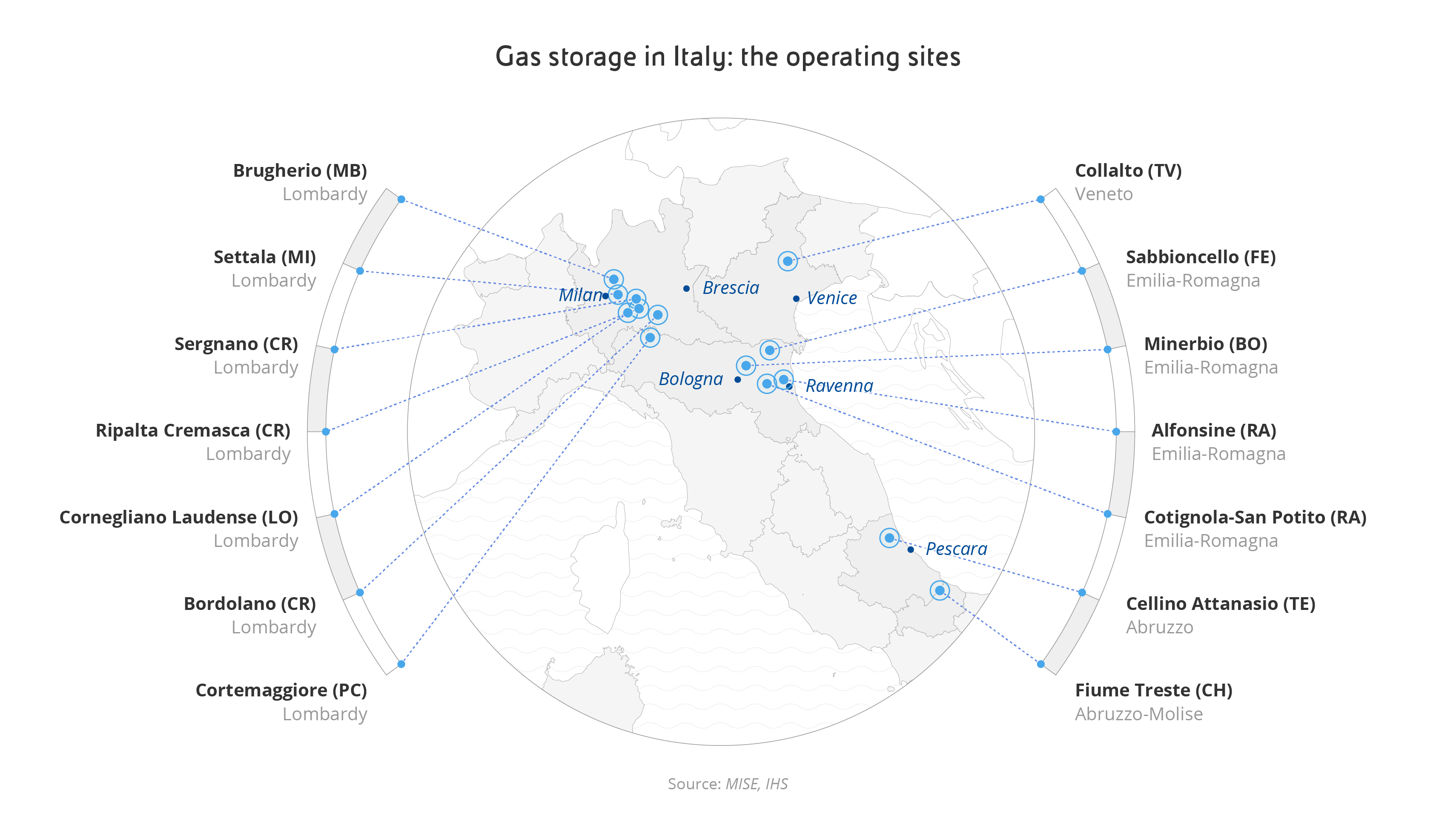

Underground storage: ensuring process integrity and safety
